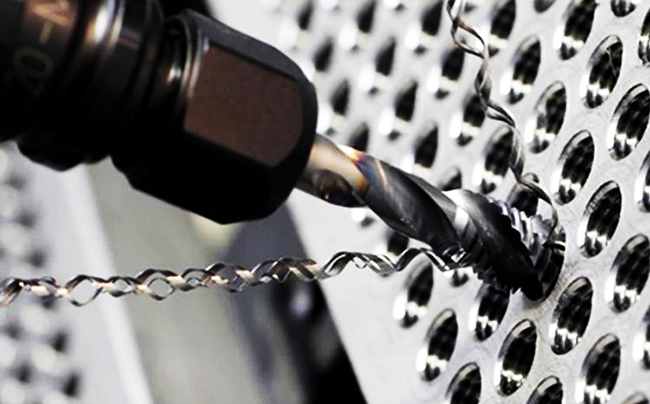Thread cutting
Generally refers to the use of forming tools or grinding tools in the workpiece thread processing methods, mainly including turning, milling, tapping, thread sleeve, grinding and whirlwind cutting.
When turning, milling and grinding threads, the drive chain of the machine tool ensures that the tool, milling cutter or grinding wheel move a guide path accurately and uniformly along the workpiece axis at each turn of the workpiece. In tapping or threading, the tool (tap or die) rotates relative to the workpiece, and the tool (or workpiece) is guided axial by a threaded groove formed first.
The forming tool or thread comb tool can be used to cut the thread on the lathe. Because of the simple structure of the tool, it is a common method to produce single and small batch of threaded workpieces. Using the thread carding tool to cut the thread, the production efficiency is high, but the tool structure is complex, only suitable for the short thread workpiece of turning fine teeth in medium and large quantity production.
The pitch precision of turning trapezoid thread can only reach 8~9 grades (JB2886-81).
The productivity or precision of machining threads on a specialized threaded lathe can be improved significantly.










